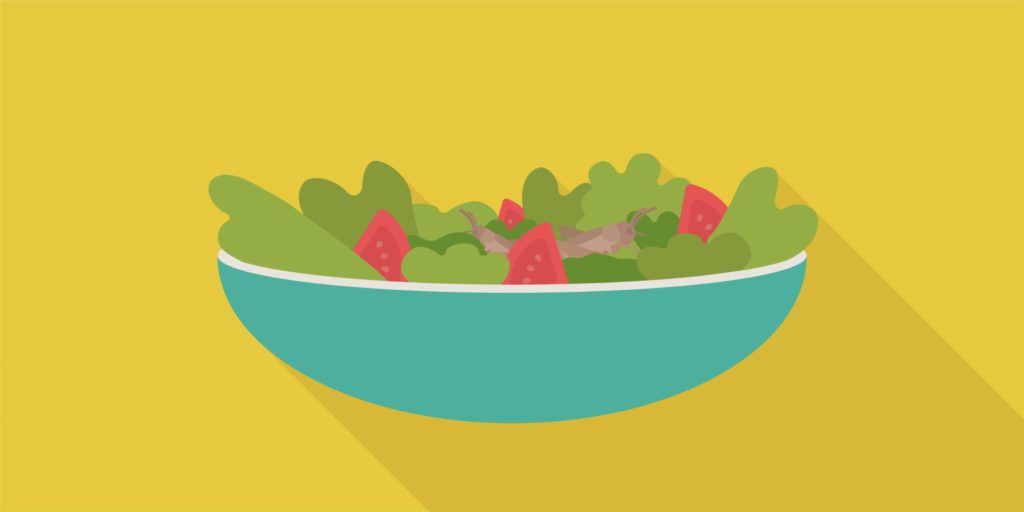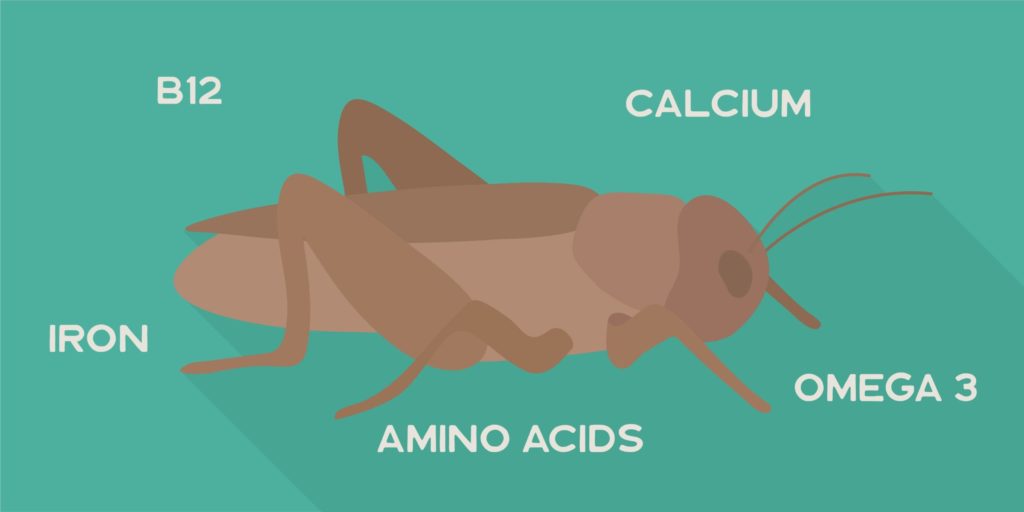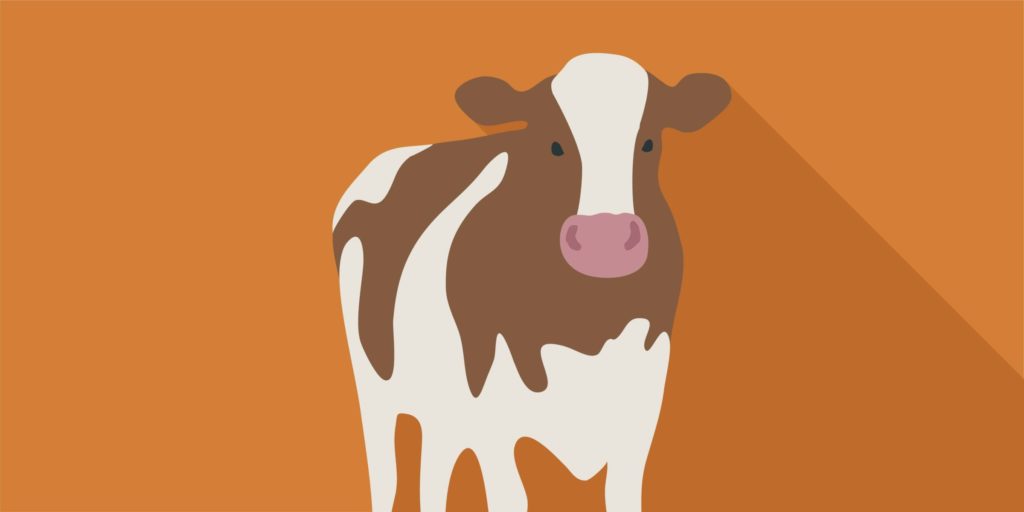Ontario Nature Blog
Receive email alerts about breaking conservation
and environmental news.
© Lora Denis
This blog is the third in a series that will help you go #GreenStepByStep. Read the first two blogs in the series here:
Insects are everywhere and they play a key role in our ecosystems, but have you ever considered that they could also be the answer to our climate change problem?
“Ew” is the typical response that I receive when I remotely suggest introducing insects, such as crickets, into our diet. I also hear responses like, “how can an insect the size of a loonie help reduce my ecological footprint?”.

Some arguments suggest that consuming more insect protein will have a positive impact on our environment. If we farmed more crickets than livestock, we could save approximately 12 times the amount of resources, such as land, water and feed. Moreover, if a family of 4 substituted insect protein in one meal once a week they would be saving approximately 650,000 litres of water.
In addition, insect farms are able to house more grams of protein per square foot than traditional livestock farming, saving our natural landscape. And don’t worry, you won’t be missing out on vitamins and nutrients. Insects contain essential nutrients such as B12, iron, amino acids, calcium, Omega 3s, and more.

There is a misconception that eating insects is a new fad. However, eating insects is not new. In fact, it is estimated that more than 80% of the world consumes insects as a part of their regular diet.
Another misconception is that we have to completely replace livestock protein with insect protein, which is not true. However, if we all supplement our diets with more insect protein our environment would be better for it. Whether we know it or not, we are eating insects regularly in our diet anyway. For example, they are a part of red food dye and they’re mixed into our pasta, grains, and flour.

We don’t have to dramatically change our diet today, but supplementing your diet with some insect protein can reduce your ecological footprint and emissions. You can simply add protein powder to your pancakes, muffins, smoothies or start adding crickets to your salad instead of meat or chicken. These are small steps that will have a positive impact on our environment.
All of us have the power to change our earth for the better and reducing our meat consumption and substituting ecologically sustainable protein sources like insect protein can be a great way to start. Cricket protein flour can increasingly be found in your local grocery store, like Loblaws. You can also order insect protein and other product online from suppliers like Entomo Farms.
Help inspire others to go #GreenStepByStep by sharing the ways you’re making a difference on social media. Don’t forget to use the hashtag so we can help spread the love!
Read the next blog in the series.

Gananoque Lake Nature Reserve © Smera Sukumar
While in Cambodia we were taken to a market with hundreds of choices of insects to eat. It was almost as busy as the regular market across the road. Another time while in the the Colombian Amazon we were shown by a village elder the large fly larva that they cultivate and eat. The young girls in the village were being chased by some young boys with a container filled with live maggots. We were told they were delicious and best eaten alive and raw. No we did not partake of any of them!
Where can you find insect protein? I know they add termite powder to their sauces in Mali and lots of crickets in Cambodia. I am willing to experiment.